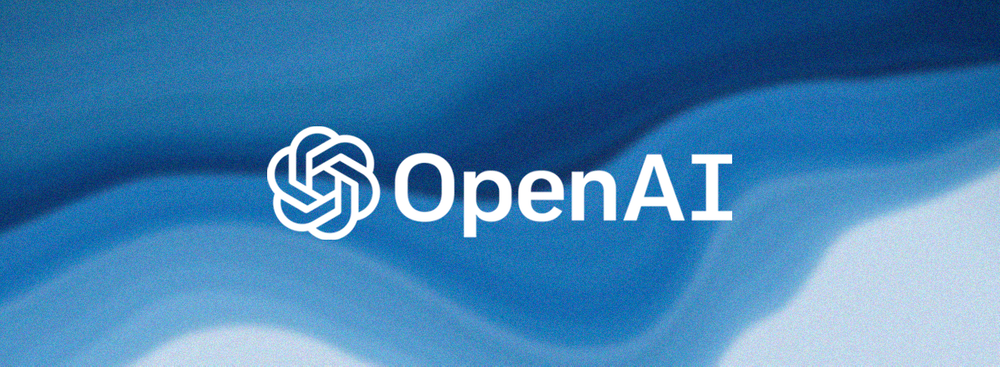OpenAI, a leading player in artificial intelligence research, has taken a significant leap forward by introducing its novel AI model, 'ShapE.' This groundbreaking AI can generate 3D objects from text descriptions, marking an important milestone in the field of AI-driven design and creativity.
ShapE is an innovative fusion of natural language processing and 3D modeling. It can interpret text-based descriptions and translate them into detailed 3D models, a task previously requiring considerable human effort and expertise. With ShapE, OpenAI has effectively bridged the gap between textual descriptions and visual realization.
To generate a 3D object, users input a text description into ShapE. The model then processes this input and produces a corresponding 3D model, turning words into tangible forms. This technology can have far-reaching implications, particularly in design-oriented industries such as architecture, engineering, and game design.

The creation of ShapE is underpinned by extensive machine learning training. The model was trained on a vast dataset of 3D shapes and their associated text descriptions. This process has enabled ShapE to understand the relationship between textual descriptions and their 3D representations, allowing it to generate accurate models based on user input.
However, it's important to note that, like any AI technology, ShapE could be more flawless. The complexity of interpreting natural language and translating it into 3D can sometimes lead to inconsistencies or unexpected outputs. As OpenAI continues to refine and improve ShapE, the accuracy and efficiency of this technology are expected to advance.
ShapE's launch signifies a major stride in AI technology, unlocking the potential for numerous practical applications. The possibilities are immense, whether it's helping designers rapidly prototype their ideas, assisting educators in creating interactive learning materials, or even enabling individuals to materialize their creative thoughts.
In conclusion, OpenAI's unveiling of ShapE adds a new dimension to the intersection of AI, language, and creativity. As this AI model continues to evolve, it's exciting to envision its transformational potential for industries and individuals alike, bringing us one step closer to a future where our words can quite literally shape our world.














